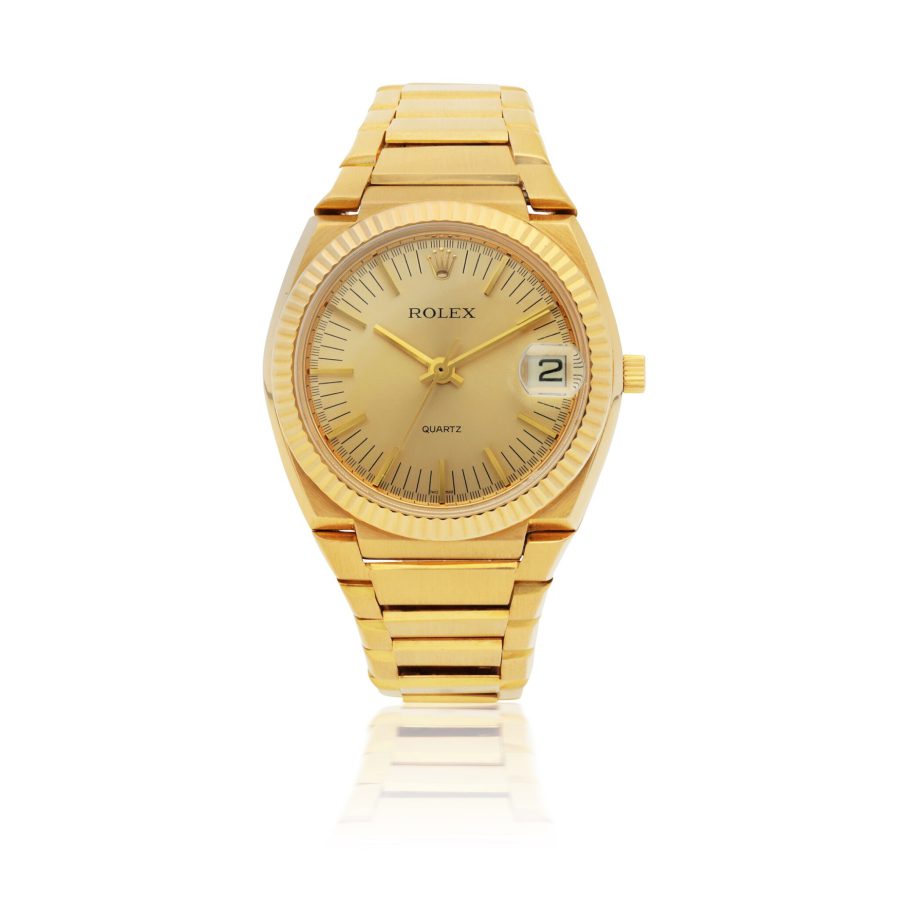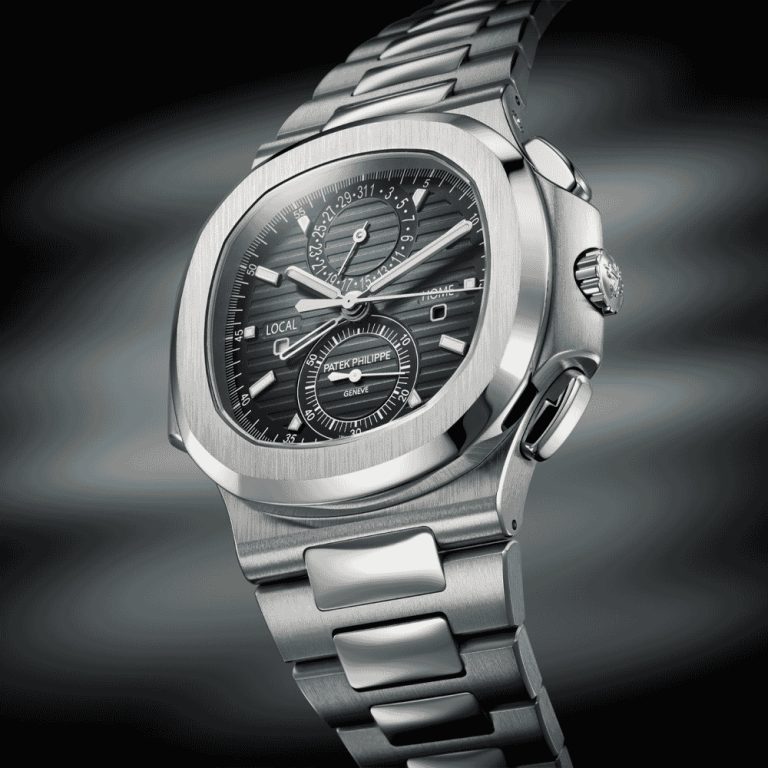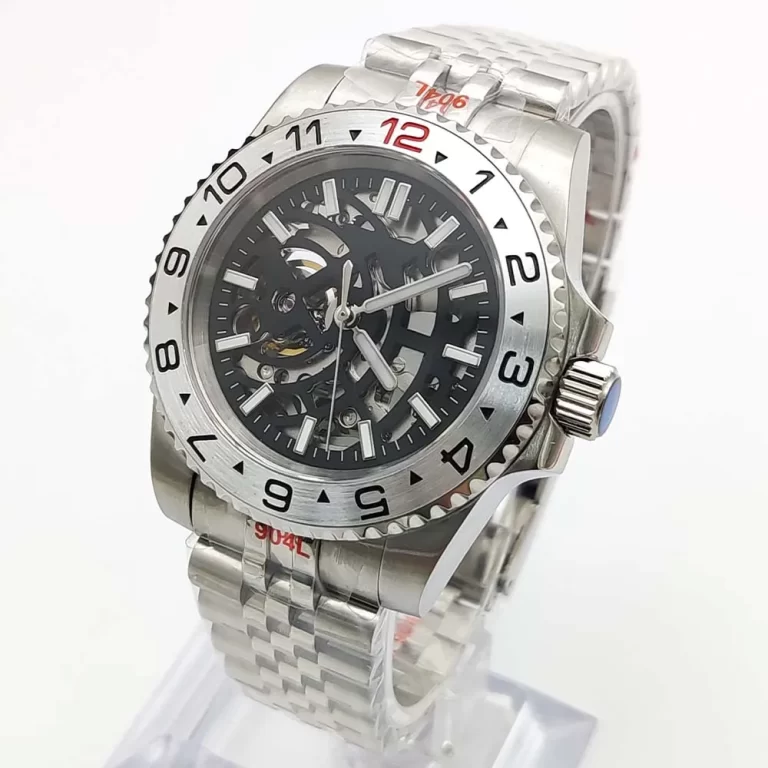Quartz movement watch has transformed the world of horology. They are popular for their precision, durability, and affordability. In this article, we will explore what quartz movement is, how it works, and the advantages and disadvantages of these watches. We will also delve into their history and their place in modern society. Let’s take a closer look at the fascinating world of quartz watches.
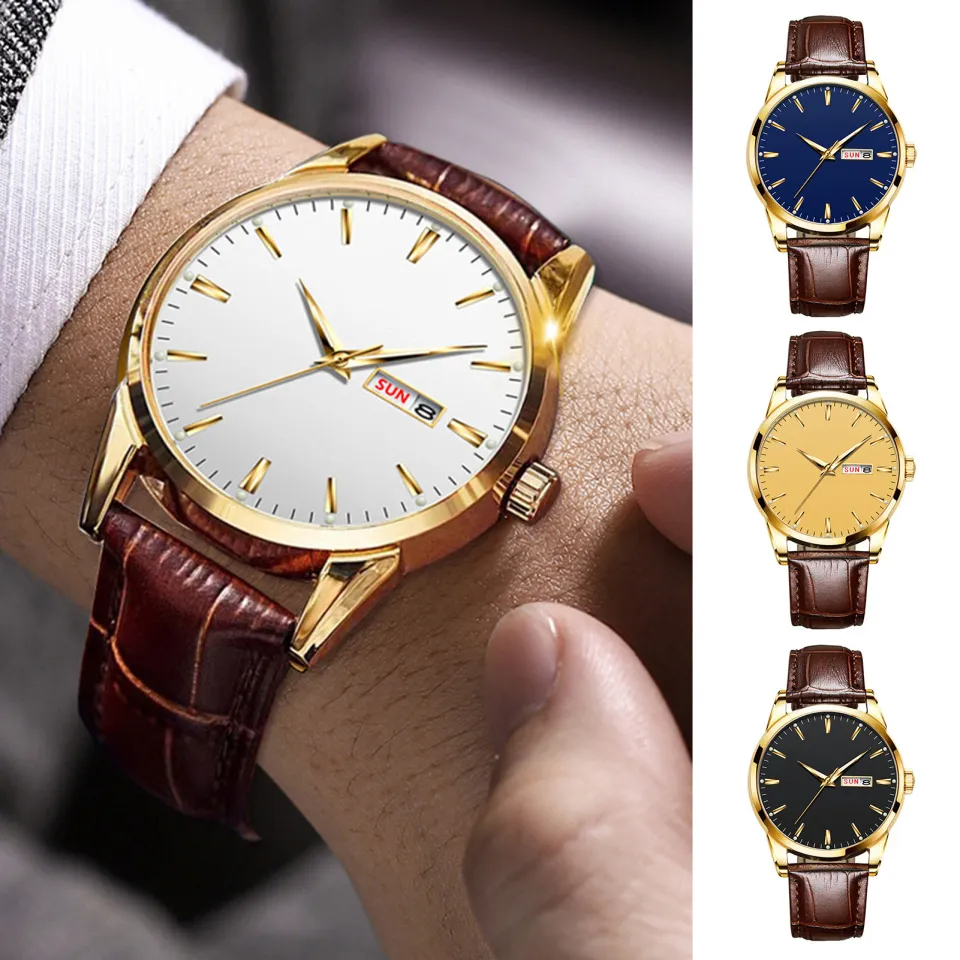
The Basics of Quartz Movement
What Is Quartz Movement?
Quartz movement is a mechanism used in watches to keep time accurately. It is powered by a battery. Inside the watch, a small piece of quartz crystal vibrates when electric current flows through it. These vibrations create a consistent frequency that regulates the movement of the watch hands.
Quartz watches are known for their accuracy. They can stay accurate within a few seconds each month. This precision makes them a popular choice for everyday wear. Many people prefer them over mechanical watches due to this reliability.
The Technology Behind Quartz Movement
Quartz movement relies on a simple yet effective technology. The quartz crystal inside the watch constantly oscillates. This oscillation creates electrical signals. The watch’s circuitry counts these signals. For most quartz watches, the crystal vibrates at 32,768 Hz. This number is significant because it’s a power of 2, allowing for easy division down to one pulse per second.
The circuitry then translates these pulses into movement for the watch hands. Most quartz watches have a stepper motor that moves the hands in precise increments. This design contributes to the smooth motion seen in many analog quartz watches. The efficiency of quartz technology means less energy use and longer battery life.
Advantages of Quartz Watches
Unmatched Precision and Reliability
One of the standout features of quartz watches is their accuracy. Unlike mechanical watches, which can be affected by factors like temperature and movement, quartz watches remain mostly unaffected by these elements. The consistency of the quartz crystal ensures that the time remains steady over long periods.
Consumers appreciate this reliability, especially for those who rely heavily on their watches for punctuality. Whether it’s for business meetings, classes, or daily errands, the precise timing eliminates the risk of being late.
Low Maintenance and Durability
Quartz watches require less maintenance than their mechanical counterparts. With fewer moving parts, they are less likely to be affected by wear and tear. A quartz watch can usually run for several years on a single battery. When it is time to change the battery, the process is straightforward and can often be done at home.
Furthermore, quartz watches are often made from durable materials. Many manufacturers use hard-coated metals and resistant plastics to ensure long-lasting performance. This durability makes quartz watches excellent for active lifestyles. They can withstand daily wear and tear, making them ideal for sports and outdoor activities.
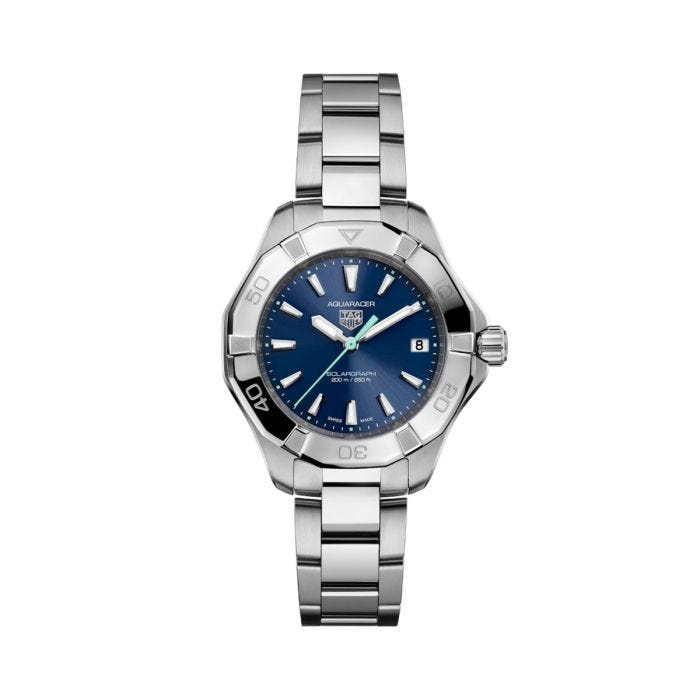
Disadvantages of Quartz Watches
Limited Craftsmanship and Appeal
While quartz watches excel in precision and durability, they do lack the artisanal craftsmanship found in many mechanical watches. Watch enthusiasts often appreciate the intricate mechanisms of a well-made mechanical timepiece. There’s a certain artistry in watching the gears and springs work together.
For some consumers, a quartz watch may feel less special. The mass production of quartz watches sometimes leads to a perception of them as being less luxurious. People who value craftsmanship may find more joy in owning a beautifully engineered mechanical watch.
Sensitivity to Temperature and Battery Life
Although quartz movements are generally reliable, they can be affected by extreme temperature changes. A quartz watch may lose accuracy if it experiences significant heat or cold. Battery life is another consideration. While most quartz watches last a long time, they will eventually require a battery replacement. This can sometimes happen when you least expect it, leading to moments of inconvenience.
A mechanical watch, on the other hand, relies on winding, either manually or through movement. This can provide a sense of reliance on oneself, whereas a quartz watch depends on an external battery. Those who prefer a more hands-on experience with timekeeping may feel less connected to a quartz timepiece.
The History of Quartz Watches
The Origins of Quartz Technology
The history of quartz watches dates back to the 20th century. In the late 1920s, scientists discovered that quartz crystals could keep time accurately. However, it wasn’t until the 1960s that quartz technology became commercially available. Swiss company Bulova was one of the first to create a quartz watch, known as the Accutron.
This invention shocked the watch-making industry. Quartz watches offered a level of accuracy that mechanical watches struggled to achieve. The “Quartz Crisis” of the 1970s followed. This term describes a period when quartz watches flooded the market, relegating many mechanical brands to obscurity.
The Rise of Quartz Watches in the Market
By the late 20th century, quartz watches gained significant popularity. They became widely available and affordable. Many watch companies expanded their offerings to include quartz models. Brands like Seiko, Casio, and Citizen flourished during this time, producing millions of quartz watches.
The rise of quartz technology also democratized watch ownership. Many people who previously couldn’t afford a reliable watch could now own one. This accessibility fundamentally changed the perception of watches. They became everyday accessories rather than just luxury items.
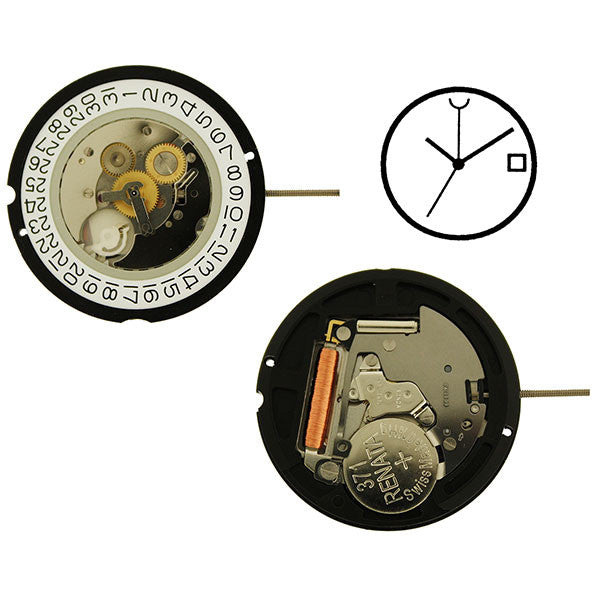
The Popularity of Quartz Watches Today
A Diverse Range of Styles and Prices
Today, quartz watches continue to be incredibly popular. The diversity in styles and price ranges is astounding. From simple, budget-friendly options to high-end luxury pieces, there’s a quartz watch for everyone. Some brands focus on innovative designs, while others prioritize functionality.
Smartwatches are also gaining traction. Many of these utilize quartz movements alongside digital technology. This combination provides added features, such as fitness tracking and notifications. Users can enjoy modern functions while still benefiting from quartz accuracy.
The Continued Relevance of Quartz Technology
Despite the resurgence of mechanical watches, quartz movements remain a staple in the watch industry. Their reliability makes them a favorite for many consumers. Watch enthusiasts often own both quartz and mechanical pieces, appreciating the unique aspects of each.
Brands are innovating to blend styles and technology. Hybrid watches that combine quartz movements with smart functions are becoming increasingly popular. These represent the future of timekeeping, merging traditional aesthetics with modern technology.
How Quartz Movement Works
Quartz watches derive their name from the quartz crystal that serves as a key component in their operation. Inside the watch, a small piece of quartz crystal vibrates in response to an electrical current generated by the battery. These vibrations are incredibly consistent, providing a reliable timekeeping mechanism. The crystal’s frequency is typically 32,768 Hz, which means it vibrates 32,768 times per second. This precise frequency is crucial for the watch’s accuracy.
The electrical current from the battery passes through an integrated circuit (IC), which helps regulate the crystal’s vibrations. The IC counts the vibrations and divides them into regular intervals to accurately measure time. This technology ensures that quartz watches can maintain time accuracy within seconds per month, far exceeding the precision of most quartz movement watch.
Accuracy and Reliability
One of the primary reasons quartz movement watch gained widespread popularity is their superior accuracy. Unlike mechanical watches, which can lose or gain several seconds each day due to variations in tension or position, quartz watches are remarkably consistent. Their accuracy is typically within a range of ±15 seconds per month, making them highly reliable for everyday use and essential timekeeping needs.
Quartz watches are also less susceptible to external factors such as temperature fluctuations and physical shocks, which can affect the performance of mechanical movements. The electronic components and sealed construction of quartz movement watch contribute to their durability, ensuring they can withstand various environmental conditions without compromising accuracy.
Conclusion
Quartz movement watches have left an indelible mark on the world of horology. Their accuracy, low maintenance, and affordability make them a preferred choice for many. While they may lack the intricate craftsmanship of mechanical watches, their technological prowess ensures reliability.
The rich history and continued evolution of quartz movement watch demonstrate their significance. From their initial introduction to their status today, quartz watches remain a vital part of our lives. Whether you prefer a classic design or a smart watch, quartz technology offers something for everyone.
In the fast-paced world we live in, being able to trust your watch is invaluable. Few movements provide that assurance as well as quartz. So, as you choose your next timepiece, consider the enduring appeal of quartz watches. Understanding them can greatly enhance your appreciation for this essential accessory.
